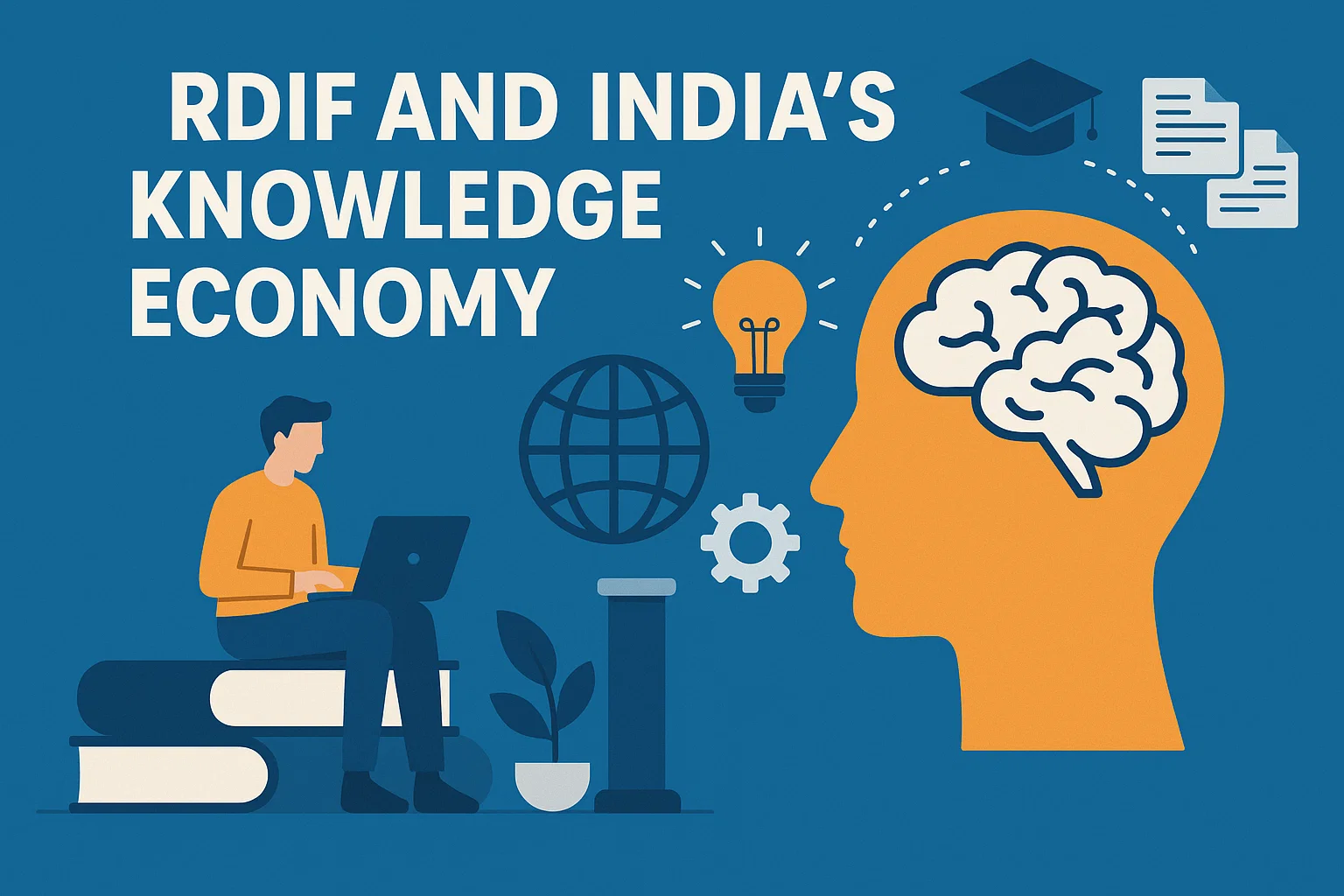Font size:
Print
Myanmar and its Continuing Nightmare
Context:
Four years after the military coup on February 1, 2021, Myanmar remains engulfed in turmoil, earning its unfortunate label as the “sick man of Southeast Asia.”
More on News
- The country continues to grapple with fragmentation, political instability, economic collapse, and widespread suffering, while much of the international community has shifted its focus elsewhere.
- Only a handful of nations, particularly Myanmar’s immediate neighbors and ASEAN member states, continue to engage with the deepening crisis.
A Nation in Conflict
- Armed Conflict: Since the coup, Myanmar has been plagued by relentless armed conflict, with military forces engaged in battles against ethnic armed organisations (EAOs) and people’s defense forces (PDFs) across the country.
- Even the Bamar-majority heartland has not been spared from the violence, which is broadly coordinated by the unrecognised National Unity Government (NUG).
- Human Cost: The human cost of the conflict is staggering. According to the Assistance Association for Political Prisoners (AAPP), as of January 29, 2025, the military has arrested 28,405 individuals, with 21,683 still in detention.
- Additionally, 6,224 people have been killed, with nearly 2,900 more categorised as “need to be verified killed persons.”
- Over 3.3 million people have been displaced internally due to the violence.
- Human Rights Violations: Reports from independent sources highlight widespread human rights violations by the junta, including indiscriminate attacks and unlawful killings.
- The military itself has suffered significant losses in terms of personnel, morale, and desertions.
- Observers believe that the military’s grip on power is slipping, with some analysts suggesting that neither the junta nor the resistance is capable of securing a decisive victory, leading to an ongoing war of attrition.
- Divisions: Today, Myanmar is effectively divided into three zones: the central region under military control, the peripheral areas dominated by the resistance, and contested regions where civilian populations endure both military offensives and rebel attacks.
- The ongoing conflict continues to inflict severe hardship on the country’s people.
ASEAN’s Limited Role
- The crisis originated when Myanmar’s military rejected the results of the November 2020 elections, which handed a resounding victory to Aung San Suu Kyi’s National League for Democracy.
- The coup ended a decade-long experiment with limited democracy.
- In an attempt to legitimise its rule, the junta has floated the idea of holding elections.
- However, given that vast areas of the country remain outside its control and violent repression persists, any such election is unlikely to reflect the will of the entire population.
- The credibility of such a process is further questioned by international observers, including UN experts, who argue that elections held under these conditions would be meaningless.
- Despite efforts by ASEAN to mediate through its Five-Point Consensus (5PC), the initiative has failed to take off.
- The military has shown little willingness to engage in dialogue, ignoring ASEAN Foreign Ministers’ recent calls to prioritise negotiations over elections.
- With ASEAN’s mediation efforts proving ineffective, Myanmar’s crisis remains unresolved.
The Role of Regional Powers
- Neighbours: As the UN and ASEAN struggle to make headway, Myanmar’s immediate neighbors—China, India, Thailand, Bangladesh, and Laos—find themselves in a position where intervention might be necessary to safeguard their own interests.
- No Coordination: However, a coordinated regional approach remains elusive.
- Myanmar’s borders with India and Bangladesh are largely controlled by EAOs rather than the central government, complicating diplomatic engagement.
- Meanwhile, strained relations between India and China, as well as growing tensions between India and Bangladesh, hinder the formation of a unified regional strategy.
- Thailand, as Myanmar’s most significant ASEAN neighbor, is in a position to facilitate dialogue, but its influence remains limited.
- China: China, however, has significantly expanded its presence in Myanmar since the coup.
- With Western powers showing waning interest in the crisis, China has emerged as the dominant external actor, wielding considerable influence over Myanmar’s internal affairs.
- According to journalist Bertil Lintner, China remains the only foreign power with both the capacity and the motivation to shape the course of the conflict.
Unless the country’s leadership chooses dialogue over violence, the suffering of Myanmar’s citizens is set to continue. For now, the nation remains trapped in a seemingly endless cycle of conflict, instability, and despair.


